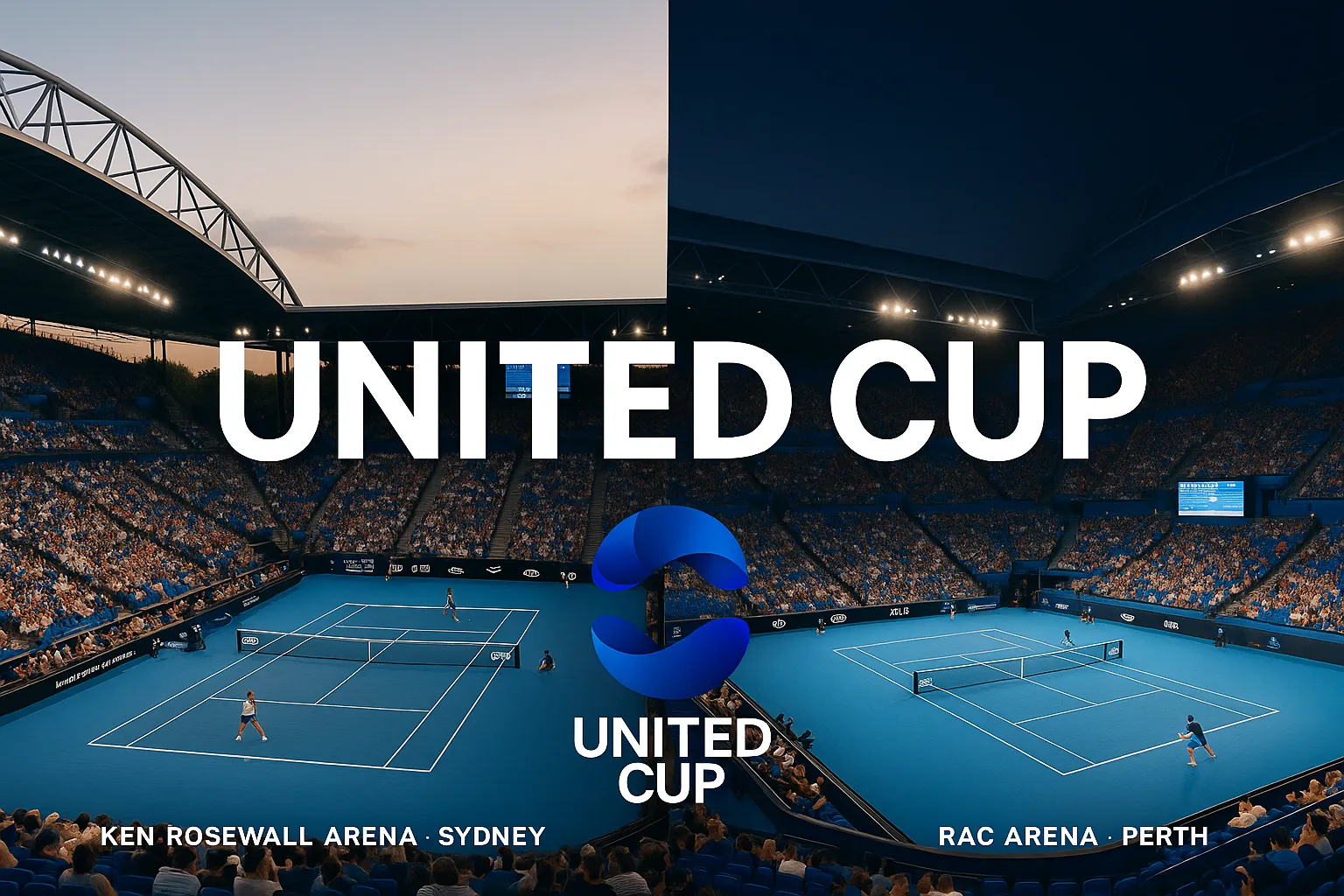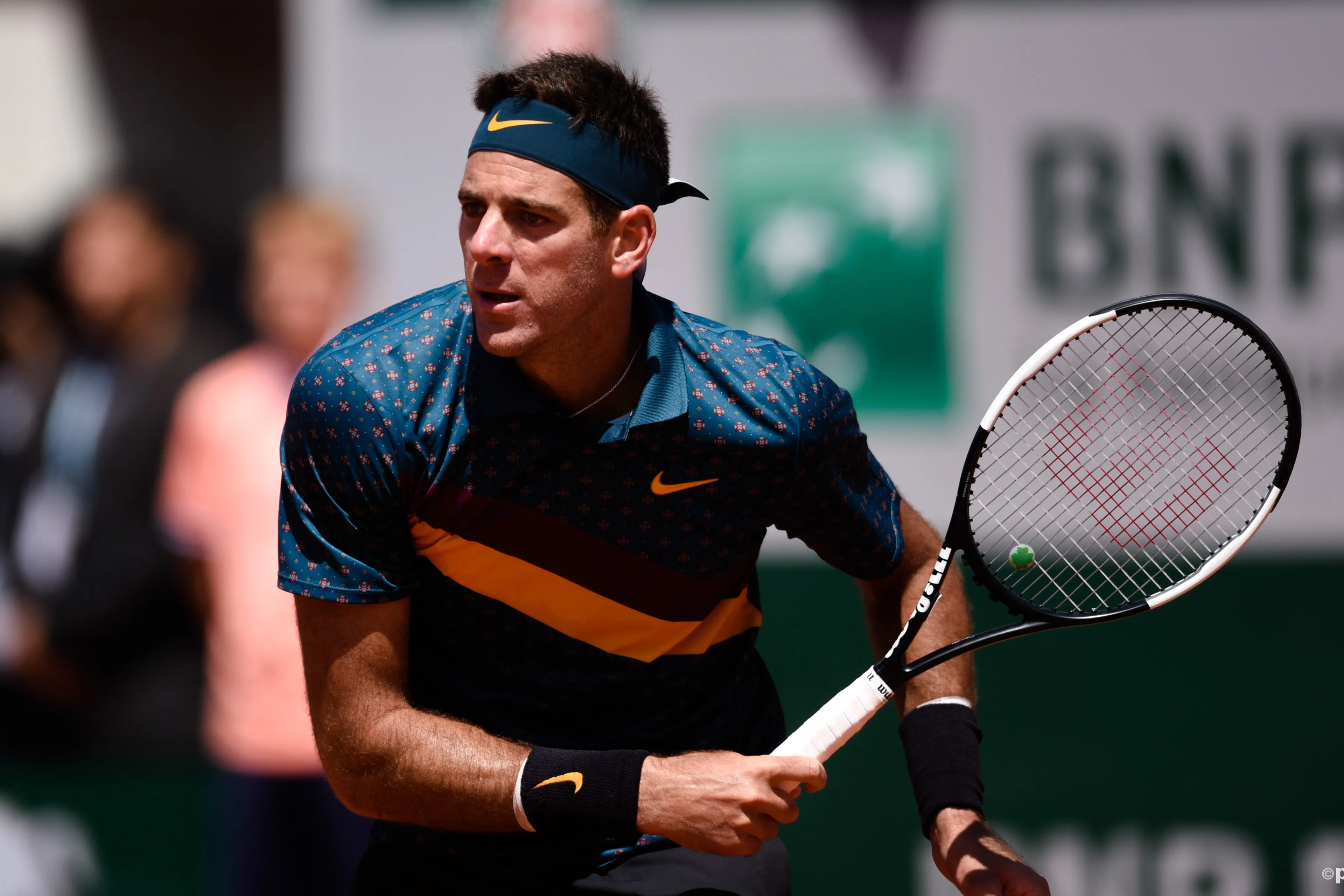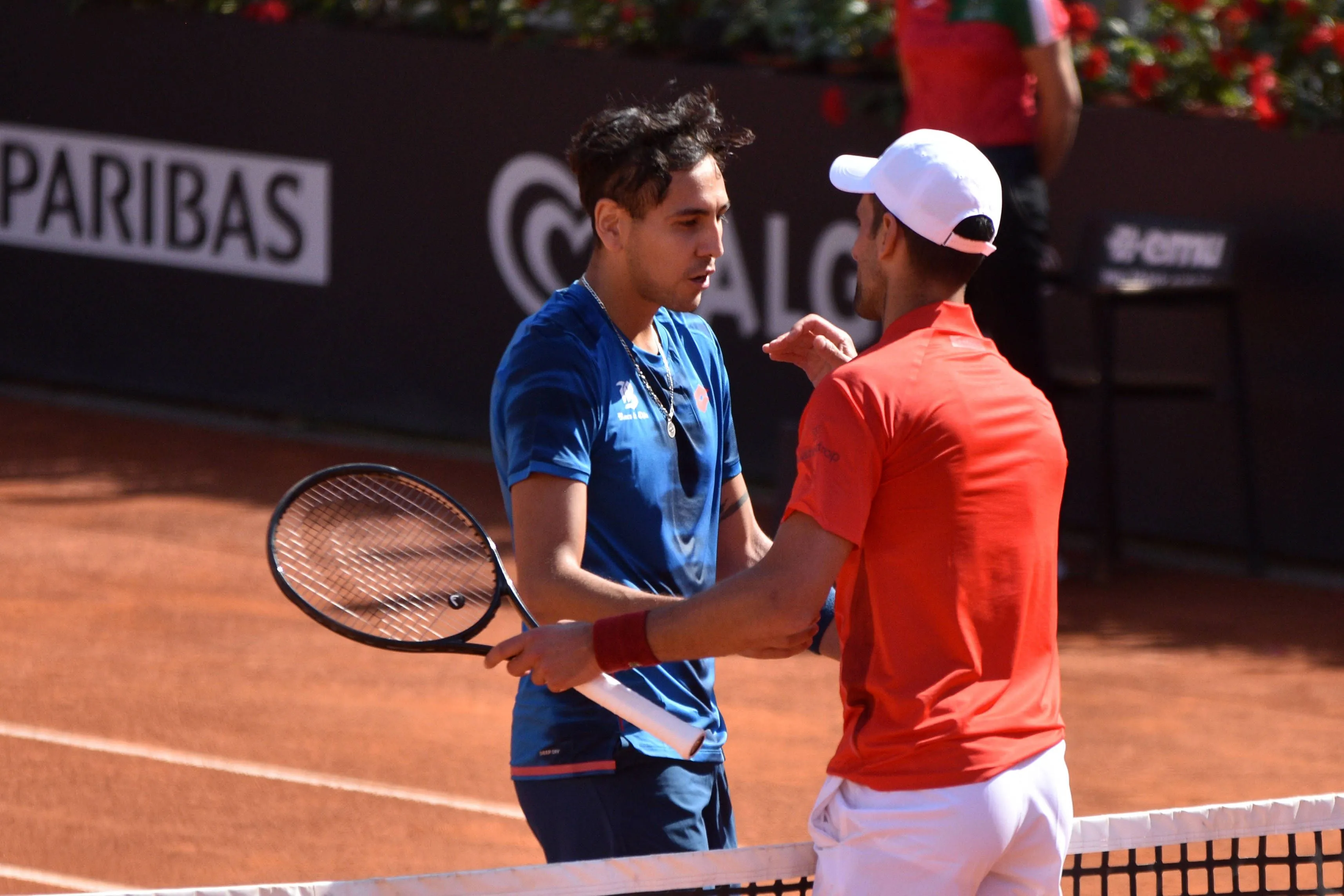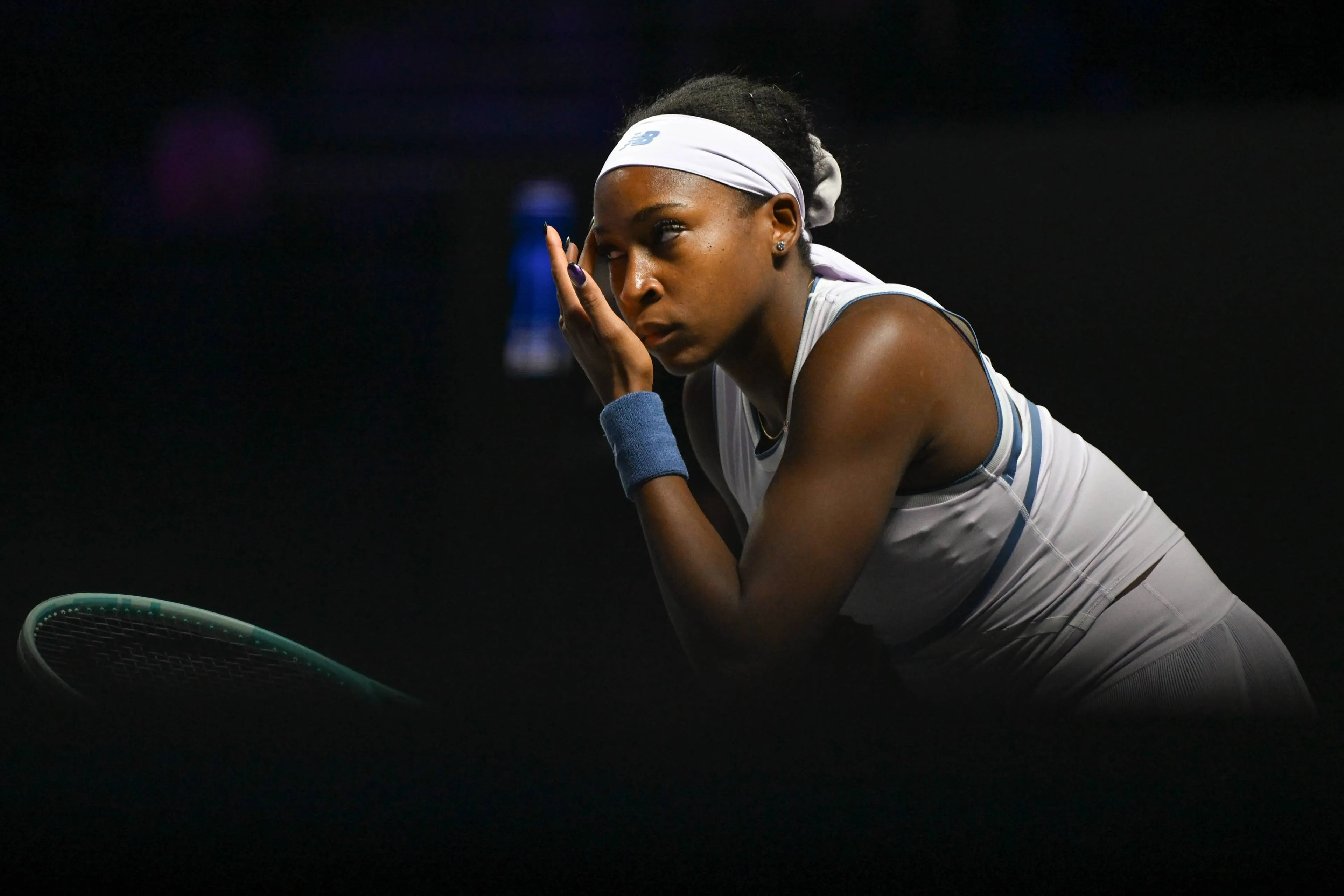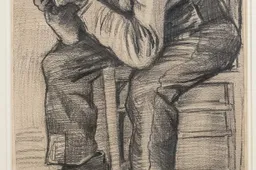Mastering every court: A practical guide to grass, clay, and hard surfaces
OtherMonday, 17 February 2025 at 05:49
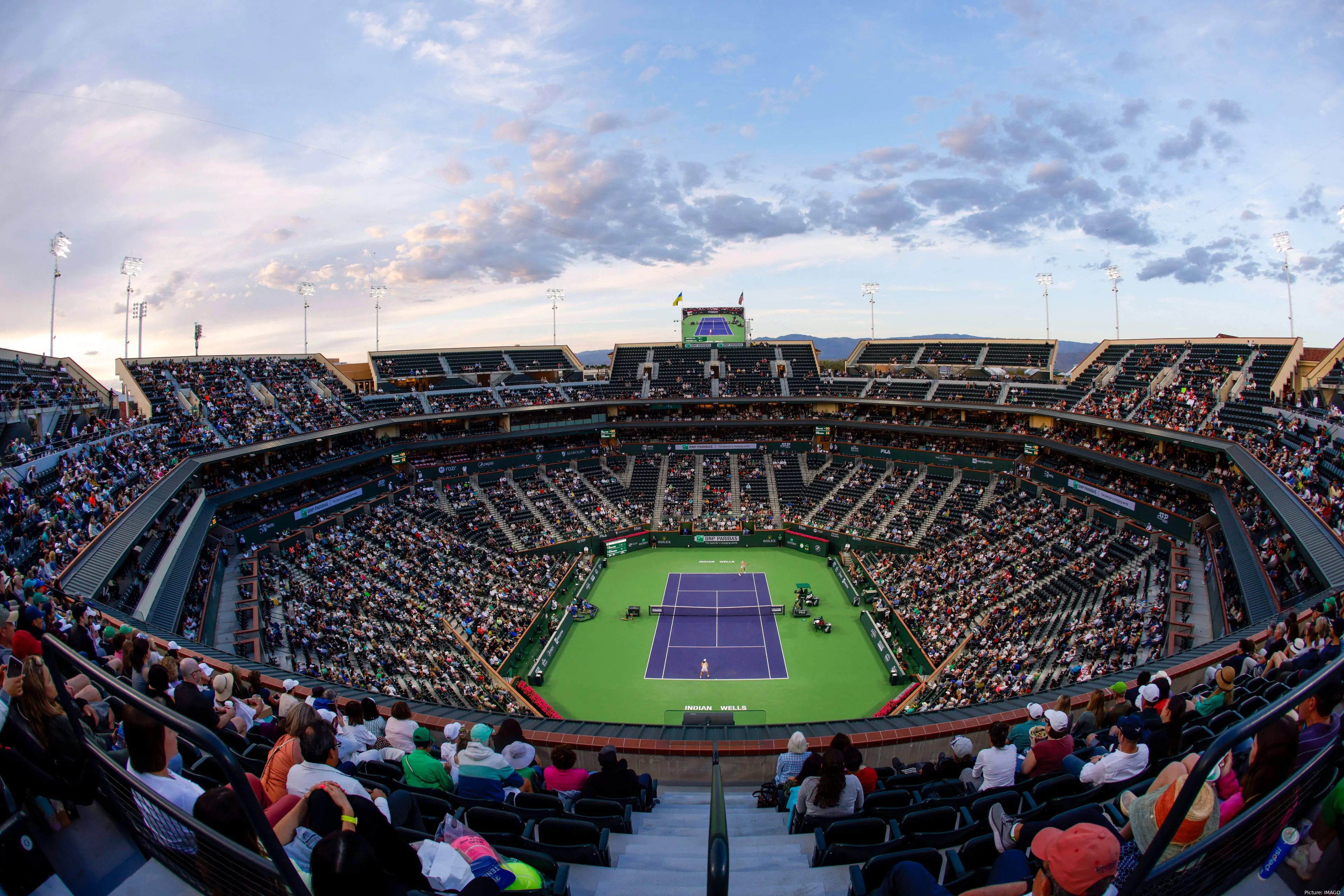
Understanding the nuances of different tennis surfaces can significantly enhance your enjoyment of the game. Each surface—grass, clay, and hard—presents unique challenges that players must adapt to in order to succeed. Whether you’re an avid player or a passionate spectator, learning these differences deepens your appreciation for this dynamic sport.
Success in professional tennis requires more than raw talent. From the slick grass of Wimbledon to the gritty clay of Roland Garros and fast-paced hard courts, players tailor their game for every surface. This guide explores the facets of grass, clay, and hard courts, explaining how pros adjust to remain competitive. Whether you’re a player or fan, learning these principles deepens your appreciation of tennis. We will break down each surface’s physical characteristics and strategic considerations, plus ways for fans to engage with the sport on multiple levels. By understanding surface-based elements, you can savor match outcomes and even emulate the techniques of top players.
Additionally, we will touch on how recreational players can practice these concepts and how spectators can sharpen their observational skills during tournaments. Whether you regularly play or simply watch, discovering the role of surfaces opens new dimensions in the tennis experience. Beyond the courts, tennis enthusiasts can stay engaged by exploring casual pursuits like SpinBit between matches. This responsible and fun break complements the high-intensity action on court.
Grass courts: speed and precision
Grass courts are historically significant, offering a quick surface that rewards aggressive play and nimble footwork. The ball skids lower on grass, demanding players to refine their timing and technique for effective serve-and-volley tactics. Popular tournaments like Wimbledon highlight grass at its finest, where shorter rallies necessitate strong serving prowess and an ability to react swiftly at the net. While groundstrokes remain crucial, mastering slice and drop shots can be particularly lethal on grass. For fans observing professional matches, pay attention to how champions adjust grip pressure and foot positioning. This knowledge can enhance both viewing experience and personal practice.
Moreover, the aesthetics of grass courts provide a unique viewing experience that is both elegant and intense. The swift nature of play on grass means that players often have less time to react compared to other surfaces. You’ll notice that successful grass court players often display exceptional hand-eye coordination and quick reflexes.
Engagement beyond watching matches includes understanding how players train for these conditions. Observing training sessions or interviews with athletes who specialize in grass court tournaments can offer additional insights into their preparation strategies.
Clay courts: consistency and control
Clay courts, famously associated with Roland Garros, slow down the ball, leading to lengthier rallies and an emphasis on consistent, patient play. The surface provides high bounce and challenges players to employ more topspin and strategic shot placement. Different varieties of clay can further alter ball trajectory, sometimes creating an even slower tempo. Baseliners often thrive on clay, but endurance and mental fortitude are also critical. Players must build points meticulously while preparing for unexpected bounces caused by slight surface inconsistencies. Understanding these nuances offers fans a deeper appreciation of the strategic complexity behind matches played on clay.
The adaptation needed for clay courts involves not just physical skill but also mental agility. Players need to anticipate their opponent’s moves while maintaining stamina over potentially long sets.
Spectators can enhance their understanding by focusing on rally patterns and shot selections made by experienced clay court competitors.
Hard courts: balance and versatility
Hard courts offer a balanced middle ground, providing a predictable bounce and a speed that falls between grass and clay. Tournaments like the Australian Open and the US Open showcase the versatility this surface demands. Players with solid all-around techniques can excel, as big serves, baseline rallies, and net play all find their place here.
Footwork remains key, especially given the potential wear and tear on joints during grueling matches. Because hard courts reward consistency and power in equal measure, many players consider them their best chance at success.
Observing how pros adjust spin, pace, and strategy allows enthusiasts to appreciate hard-court mastery fully.
Bridging the surfaces: adaptation and practice
Advertorial: Transitioning between surfaces is a skill in itself. Professional players often emphasize a short adaptation period after switching tours from clay to grass or from grass to hard courts. This transitional period includes refining footwork to handle speed changes, recalibrating groundstrokes for varied bounces, and adjusting mental strategies to maintain an edge.
For amateur enthusiasts, trying a new surface can be both a challenge and a revelation. Embracing diverse playing conditions can help develop a more well-rounded game.
Even as a spectator, noticing how quickly an athlete adapts can offer insights into their overall technique, flexibility, and determination.
claps 0visitors 0
Just In
Popular News
Latest Comments
- Wow! Someone (author) is over-the-top impressed with Mercedes!! NEWSFLASH: The general public could care less what brand name is associated with any sport. What many are indeed interested in is -- Where is that obscene amount of money going?
- The current screwed-up appeasing state of Society makes it very difficult for sports to Right the Wrong of allowing Males to compete against females -- and vice-versa -- simply because one 'believes' they are a different gender. DNA testing is an obvious step toward Truth. Biology does not lie... you are what you are regardless of what one thinks. Moreover, using permanent surgeries to manipulate one's body also does not change its Biology. I like to believe I am extremely wealthy, with unlimited funds in my accounts... but the banks and retailers say it is not so. End of Fantasy.
- Forgot to add... I have nothing against white people.
- Good on them!! This betting disease is going to go one of two ways: Either it will be entirely restructured from the irresponsible "business model" it is; or be forced to return to off-line avenues. If this current situation continues, it will not end well for sports nor betting entities.
- Here's a "challenge"... stop withdrawing from, and/or cancelling, so many tournaments.
- I was ignorant once as well, in my Teens. May I recommend a dictionary? BTW: She has been called many, many, MANY names... and she earned every one of them!
- Over-Botoxification is gross.
- wow only one racist in these comments... oh well the article is still new
- “I think that’s a challenge..." A 'challenge' would be for Emma to play as many tourneys as her peers -- then talk to us about scheduling!
- RIDICULOUS... "retire" should be a permanent decision. Yet these two sisters keep infringing upon up-and-coming young players for their personal amusement. ENOUGH ALREADY from these wealthy women too easily bored with their privileged Lives.
Loading
